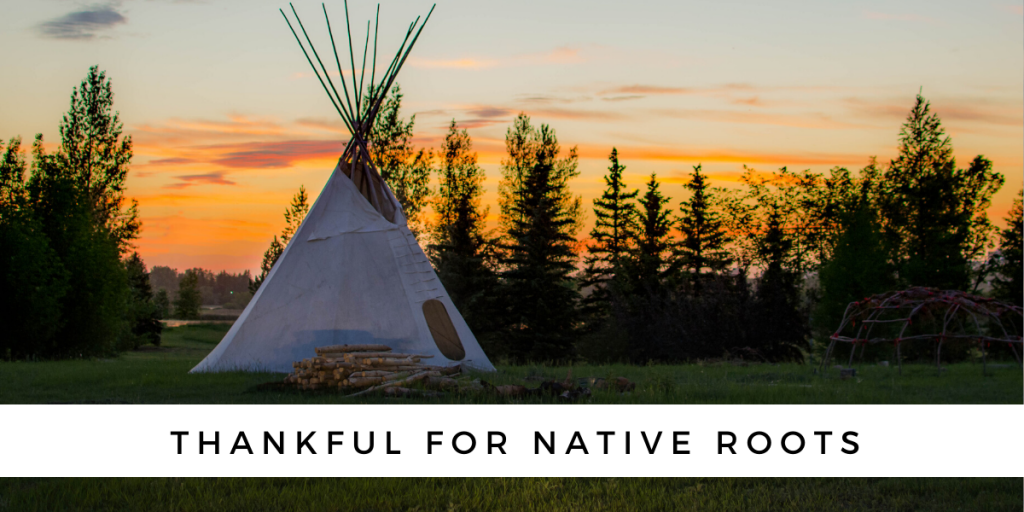How’s it going Sup’ers!? Are you ready for Thanksgiving? We here at Sup! can’t wait for time off with our friends and families, sweet potato pie, showing thanks, watching the football game, and did I mention sweet potato pie? 🙂 This November we’ll be traveling back to the roots of Thanksgiving with Native Americans tribes and their influence still present in society today.
For appetizers…I mean for starters, did you know 60% of the world’s food supply comes from the American Indians’ agriculture? Corn and potatoes are the most known Native American food contributions, but in reality their just the tip of the ice cream on a fresh piece of pie.

Many people don’t know this, but beans, peanuts, pumpkins, tomatoes, squash, peppers, nuts, melons, and sunflower seeds were first grown by Native Americans. Other raw foods (don’t worry it’s not actually raw, moreso fresh!) now called “traditional foods” in Native cultures are still grown today in some areas. Examples are the timpsula (edible wild turnips), chokecherries, buffalo berries, wild currants, gooseberries, wild turnips, and more.
Native Americans also helped the European settlers survive in the “new world” by sharing their farming methods with them. Particularly, Tisquantum, also called Squanto, a member of the Pawtuxet tribe who spoke English was the Native American who taught the first pilgrims to plant crops. If it wasn’t for him, it’s likely the pilgrims would have perished during their first winter, changing the course of history!
In November 1621, the Pilgrims and Native American celebrated their first harvest together, beginning a yearly tradition that became known as Thanksgiving!
There are two farming methods that Native Americans are credited. The first is called the “three sisters” companion cropping technique. In this method, the Native Americans would plant three different crops together (usually corn, squash, and beans, but there are many variations) that assist one another in growing and improving the soil.
Beans are nitrogen fixers! Their able to pull the nitrogen out of the air into the soil, providing food for the crops. The corn supports the beans to better grow, while the squash helps in water retention and weed control.
The second method, also still used today, is called rotational farming. Several tribes would abandon their land every five to ten years, despite the difficulty of clearing new land, because they believed that overusing the land would ruin the soil. And they were right! Overusing the same soil with the same crops overtime leads to soil erosion and promote pest and disease cycles.
However, the influence of Native American tribes seen today does not solely revolve around food and farming. Native Americans are responsible for the creation and concept of sign language. They invented many of the games such as tug-of-war, canoeing, lacrosse, and many of the youth groups like the Boy Scouts and Girl Scouts have programs based on Native American crafts and lore. The Iroquois League of Nations influenced Benjamin Franklin when balancing the power of the United States federal government
Native Americans have contributed so much more that simply cannot be mentioned in this single blog. To find out more, visit https://www.nrcs.usda.gov/Internet/FSE_DOCUMENTS/nrcs141p2_024206.pdf
Remember to follow us on Instagram (@supkidscooking) and subscribe on YouTube.
We look forward to seeing all of our Sup’ers this November and celebrating what is sure to be a wonderful Thanksgiving.
Dig in!
Sammy
Sup! Co-host
